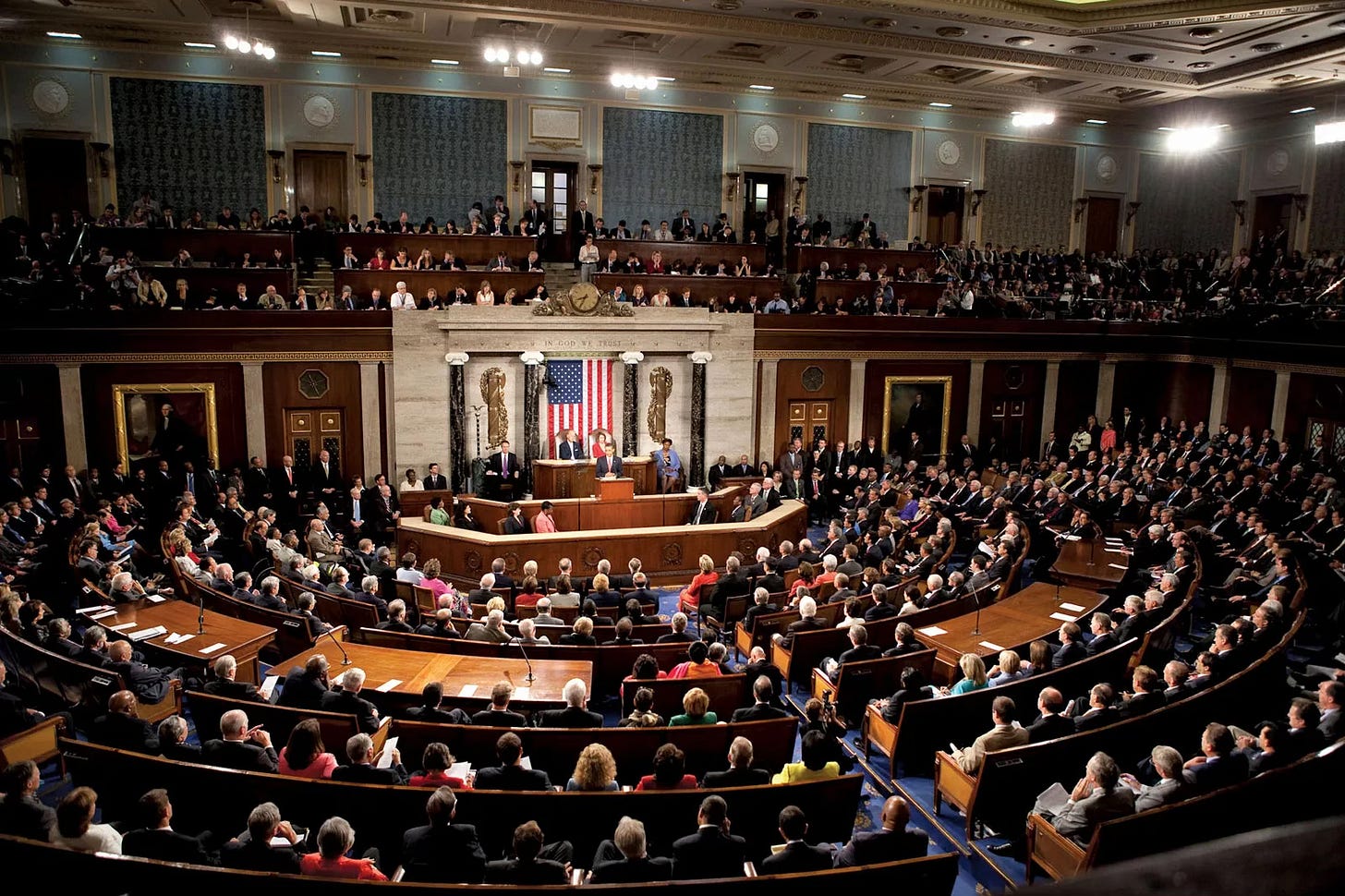Expanding Representation: Why the U.S. House Should Grow to 585 Members
Here’s how this reform could transform representation in the United States.

The U.S. House of Representatives, the “People’s House,” has remained frozen at 435 members (excluding delegates) for over a century, despite the nation’s population more than tripling since then. This outdated cap not only undermines representation but also skews the balance of power across states. Expanding the House to 585 members would help rectify these disparities, aligning representatives more closely with population changes.
Here’s how this reform could transform representation in the United States.
A Historical Bottleneck
The House was last expanded in 1929, based on a national population of 123 million. Today, with over 330 million people, each representative serves an average of 761,000 constituents—far higher than the Founding Fathers envisioned. This dilution of representation disproportionately affects larger and faster-growing states, leaving millions of voices underrepresented.
By increasing the House to 585 members, the average population per representative would shrink to about 580,000, creating a fairer balance while preserving the functionality of the chamber.
Keep reading with a 7-day free trial
Subscribe to The Countercurrent to keep reading this post and get 7 days of free access to the full post archives.




